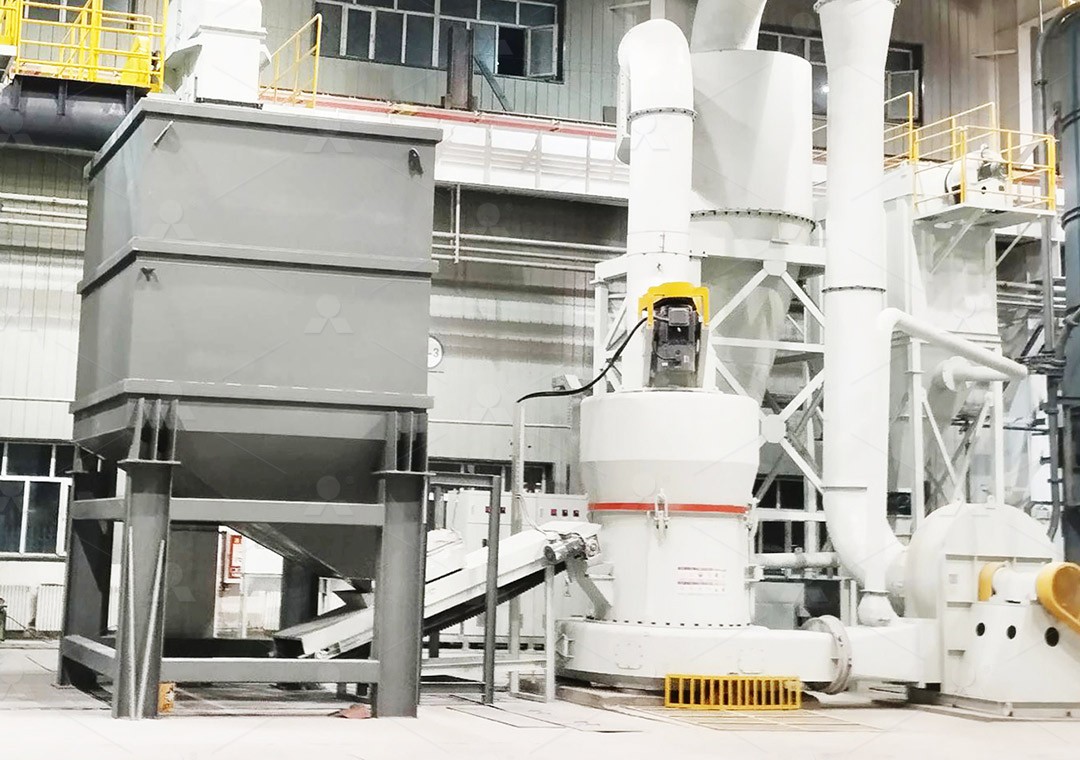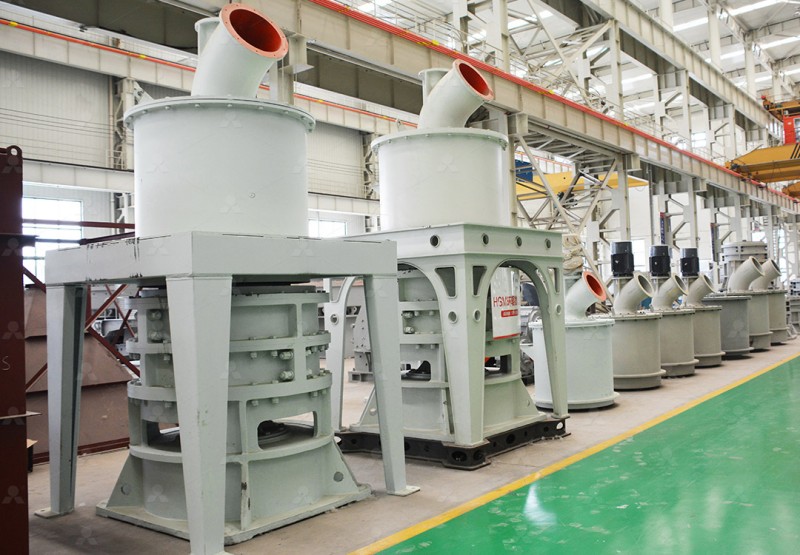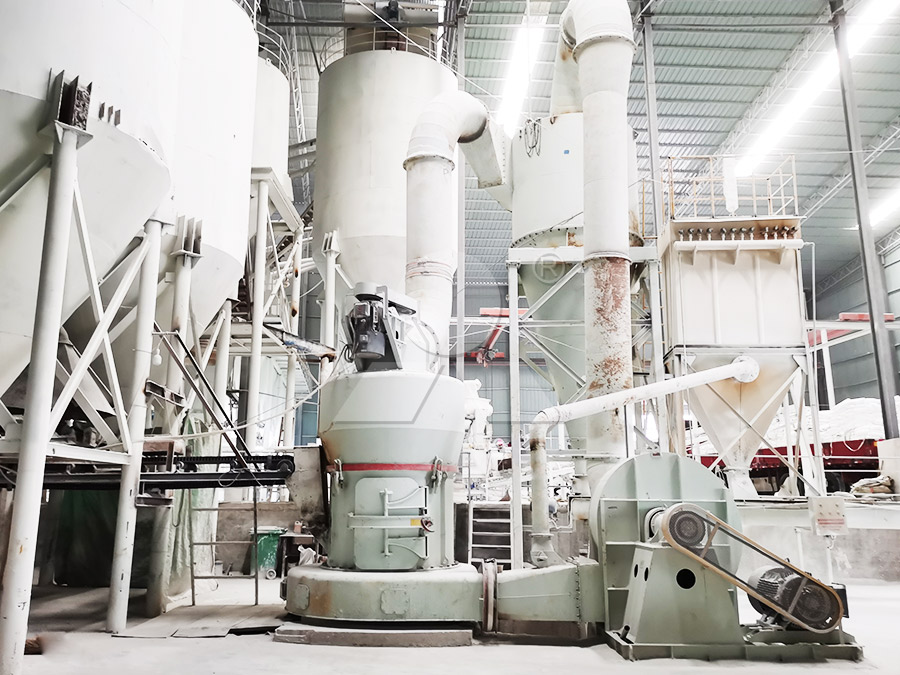New & Used Coal Mill Price List for Sale – Find Best Deals
Finding the Right Coal Mill for Your Operation
Selecting the proper coal grinding equipment is crucial for optimizing productivity and profitability in today’s competitive industrial landscape. Whether you’re processing petroleum coal for energy production or pulverizing coal for various industrial applications, having the right mill can significantly impact your bottom line. The market offers various options, from traditional ball mills to advanced vertical grinding systems, each with different capabilities and price points.

When evaluating coal mills, consider factors beyond the initial purchase price. Operational efficiency, maintenance requirements, energy consumption, and final product quality all contribute to the total cost of ownership. Newer models often incorporate technological advancements that reduce long-term expenses, while quality used equipment can provide substantial savings for operations with budget constraints.
Key Considerations When Purchasing Coal Mills
Before making an investment decision, carefully assess your specific requirements. The input size of your raw coal, desired production capacity, required fineness of the final product, and available space all influence which mill type will deliver optimal performance. Additionally, environmental regulations may dictate certain features like dust collection systems and noise reduction capabilities.
For operations requiring ultra-fine coal powder with precise particle size distribution, the MW Ultrafine Grinding Mill presents an excellent solution. This advanced machine handles input sizes up to 20mm with capacity ranging from 0.5 to 25 tons per hour. Its innovative design eliminates rolling bearings and screws in the grinding chamber, significantly reducing maintenance concerns and potential machine damage from loose components. The integrated pulse dust collector and muffler system ensures environmentally responsible operation by minimizing dust and noise pollution.
Advanced Technology for Superior Performance
The evolution of coal grinding technology has led to remarkable improvements in efficiency and output quality. Modern mills incorporate digital processing for higher precision, with numerical control governing operations from steel plate cutting to final assembly. This manufacturing precision translates to more reliable performance and longer service life in demanding industrial environments.

For operations prioritizing energy efficiency, the MW Ultrafine Grinding Mill demonstrates impressive performance metrics. Its newly designed grinding curves enhance efficiency, delivering production capacity 40% higher than jet grinding mills and twice that of ball grinding mills at comparable fineness and power consumption. Meanwhile, system energy consumption is reduced to just 30% of jet grinding mill requirements, offering significant operational savings.
Versatility in Application
Beyond coal processing, modern grinding mills handle diverse materials including limestone, gypsum, barite, and various industrial minerals. This flexibility allows operations to adapt to changing market demands without major equipment investments. The adjustable fineness between 325-2500 meshes in mills like the MW series enables producers to meet specific customer requirements across different industries.
The cage-type powder selector in the MW Ultrafine Grinding Mill, incorporating German technology, enhances powder separation precision. Configurable multi-head selectors accommodate varying production demands for yield, fineness, and sieving rate, with the capability to achieve d97≤5μm in a single pass.
Making the Right Investment Decision
When comparing new versus used equipment, consider both immediate budget constraints and long-term operational costs. New mills typically come with warranties, latest technological features, and optimized energy efficiency. Used equipment can provide cost savings but may require more frequent maintenance and lack recent efficiency improvements.

For operations seeking reliable performance with minimal downtime, the comprehensive support offered with new equipment from established manufacturers provides significant value. Complete technical services and genuine spare parts availability ensure worry-free operation and maximum equipment lifespan.
Frequently Asked Questions
What factors most significantly impact coal mill pricing?
Pricing varies based on capacity, technological features, automation level, and environmental compliance systems. Higher capacity models with advanced separators and efficient dust collection typically command premium prices but offer better long-term value through operational savings.
How does the MW Ultrafine Grinding Mill compare to traditional ball mills for coal processing?
The MW Ultrafine Grinding Mill delivers approximately double the production capacity of ball mills with similar power consumption, while achieving superior fineness control. Its unique chamber design without rolling bearings reduces maintenance requirements significantly.
What maintenance considerations should I evaluate when selecting a coal mill?
Focus on accessibility for routine maintenance, availability of spare parts, and design features that reduce wear. The MW series’ external lubrication system allows maintenance without shutdown, while the absence of internal screws and rolling bearings in the grinding chamber eliminates common failure points.
Can the same mill process different materials beyond coal?
Yes, many modern mills including the MW Ultrafine Grinding Mill handle various materials including limestone, dolomite, gypsum, barite, and other industrial minerals, providing operational flexibility.
What environmental features should I look for in modern coal mills?
Essential environmental features include efficient pulse dust collectors that eliminate dust pollution, noise reduction systems like silencers and elimination rooms, and designs that comply with national environmental protection standards.
